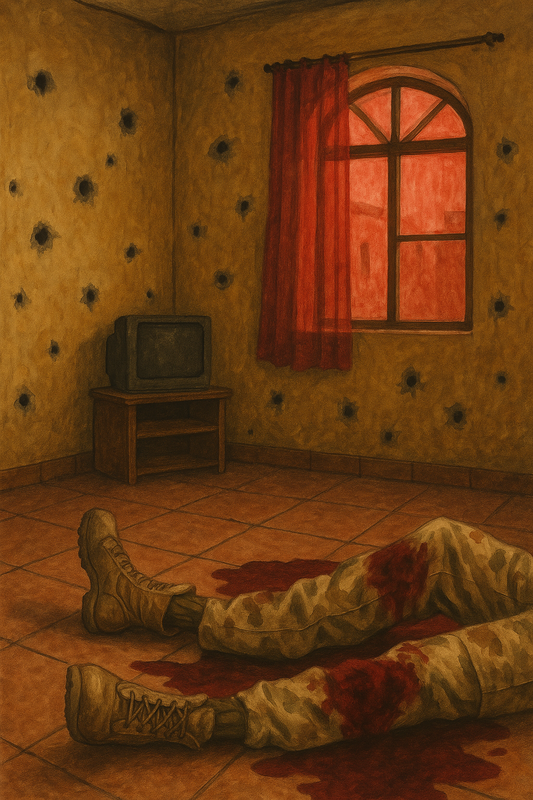Reasons why an operating room is the best place
to get circumcised

For many Filipino families, summer isn’t complete without tuli—the rite of passage where young boys undergo circumcision. It’s a tradition steeped in culture, often done in bulk for free at barangay centers, sometimes by manunuli with no formal medical training.
A boy chews guava leaves, grits his teeth, and walks away “a man,” with a bandaged wound and a warning to avoid infection.
It’s easy to dismiss hospital circumcision as excessive. After all, why pay for something that’s already free in the neighborhood? But just because something is tradition doesn’t always mean it’s the safest option.
Let’s be honest: the idea of slicing skin without anesthesia and calling it a day with leaves and river water feels outdated—if not risky. It may have worked for generations, but health experts like Dr. Dennis Galimpin of Makati Medical Center argue that we should consider what’s best, not just what’s common.
In a hospital, the environment is sterile. There are no flies, no shared knives, no whispered prayers that things don’t go wrong. There’s anesthesia, surgical precision, and trained professionals who know how to handle complications like excessive bleeding. That’s more than peace of mind—it’s responsible parenting.
There’s also the question of trauma. Barangay circumcisions are often done assembly-line style. Imagine being an 11-year-old boy listening to the screams of others while waiting for your turn. Some kids might brush it off. Others carry that anxiety for life. In contrast, a hospital offers privacy and professionalism, which could mean less fear, less stress, and a better overall experience.
More importantly, the conversation needs to shift from tradition to choice. Instead of treating tuli as a rite every boy must endure, why not ask him how he wants to go through it? Is it the communal bravery of the barangay that he wants, or the quieter dignity of a hospital room?
“Since it’s his body, ask your son to decide how he wants to go about it,” suggests Dr. Galimpin. “Speaking up, taking charge of his health, and understanding the pros and cons of his decision are the true signs of manhood.”
Dr. Galimpin puts it plainly: letting your son decide is a bigger mark of manhood than the cut itself. Because growing up shouldn’t just be about enduring pain—it should also be about learning to speak up and take control of one’s body.
Tradition matters. But so does health, comfort, and autonomy. Maybe it’s time to give the next generation of boys a say in how they step into manhood.









